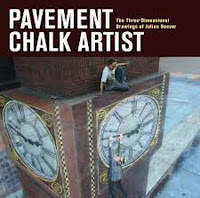July
31 is Mutt's Day. Regardless if you have a mutt or not, be sure to
get out and enjoy your canine companion. :-)
While
there is no new information here, after all, a mutt is a dog
and they all require the same things, the pictures are what make this
book unique. No purebreds here (you'll figure that out by the
title)! Just some nice, basic information and great pictures in
Mutts (from the series Dogs) by Stuart A. Kallen.
If
you enjoyed Art Afterpieces (April 23, 2015 post) then you
should enjoy Mutts of the Masters by Michael Patrick as well.
Seems dogs (some purebreds) originally showed up in many well-known
paintings, but were removed for a variety of reasons. Clever and
silly. :-)
The
Case of the Mixed-Up Mutts, by Dori Hillestad Butler, with
pictures by Jeremy Tugeau is an easy to read chapter book. Told from
the view point of the dogs (I thought the author did a nice job with
this), the challenge is how to get two Pugs back to their proper
owners. (Technically I guess they aren't really mutts ....) Part of
a series called 'The Buddy Files' if you have a dog loving, younger
reader in your family he or she might enjoy them.
There's
one more book I hoped to include here, but it didn't arrive in time
so I'll use it at a later time. (If it arrives in the next two days
I'll add it here so check back)! ;-)
Hah! In one of those moments of perfect timing, Mutts, with photos by Sharon Montrose arrived on Mutt Day! This is a wonderful collection of, well, mutts! The mix of each dog is given with his or her photo. Be sure to check out Pebbles and Bam-bam! Worth several viewings.
Reading Hermit With Dog
Hah! In one of those moments of perfect timing, Mutts, with photos by Sharon Montrose arrived on Mutt Day! This is a wonderful collection of, well, mutts! The mix of each dog is given with his or her photo. Be sure to check out Pebbles and Bam-bam! Worth several viewings.
Reading Hermit With Dog



















